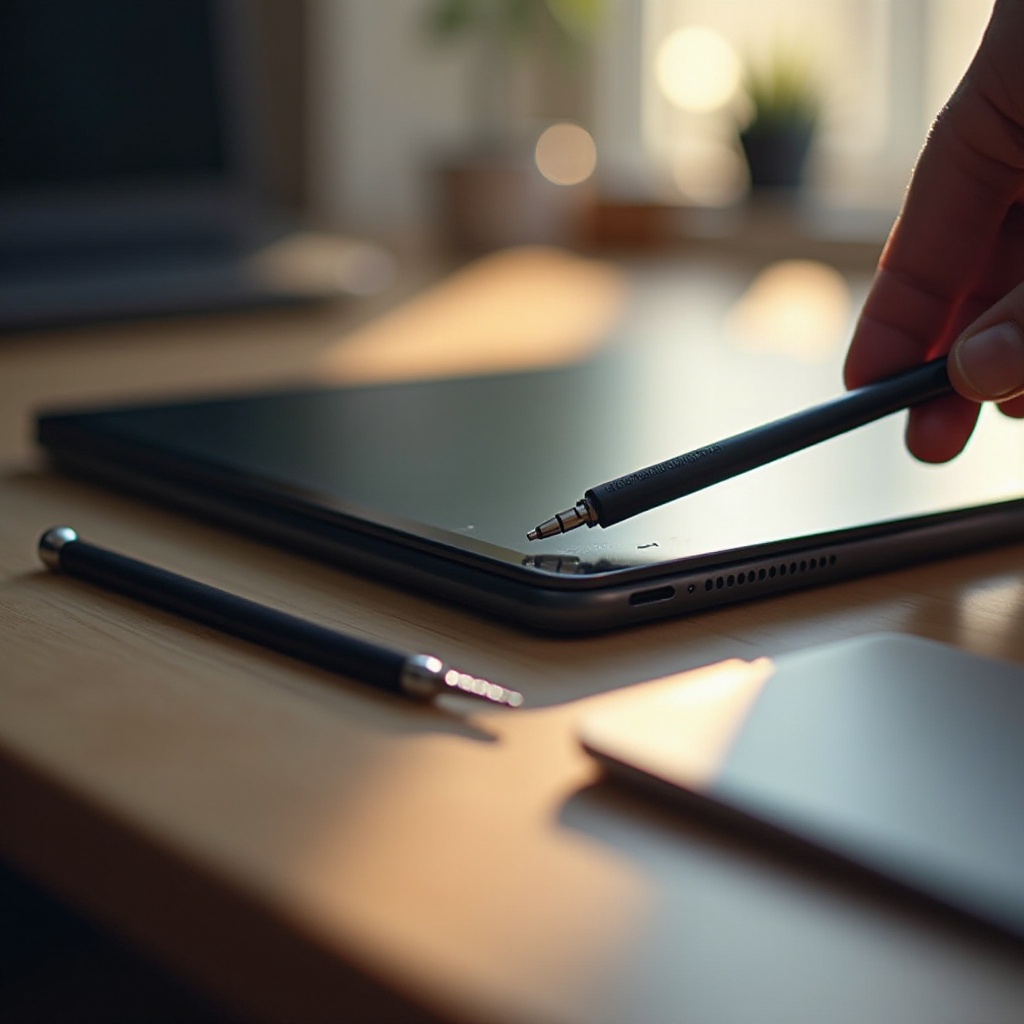Introduction
Dealing with a non-functional MageGee keyboard can be incredibly frustrating, especially during critical tasks like gaming or professional work. This guide covers multiple solutions for both basic and advanced users, addressing potential physical and software issues. From inspecting connections to updating drivers, we’ll provide a step-by-step approach to restore your MageGee keyboard to its optimal working condition.

Common Causes of MageGee Keyboard Malfunctions
Understanding the causes of keyboard malfunctions is key to effectively addressing the issues. Commonly, malfunctions stem from connectivity issues, ranging from simple loose connections to more complicated software conflicts. Physical damages such as spillages or broken keys can also disrupt keyboard performance. Checking for outdated drivers is crucial, as these are often responsible for software-related problems. By diagnosing the problem accurately, you’ll apply the right fixes and improve functionality.

Basic Troubleshooting Steps
For initial troubleshooting, start with these simple steps that might resolve your issues quickly.
Checking Physical Connections
A secure connection is essential for your keyboard to function properly. Ensure tight USB or receiver connections and clean the ports to eliminate debris and dust.
Testing with Another Device
Connect your MageGee keyboard to another computer or laptop. This helps you determine if the malfunction is device-specific. If it performs well on the second device, consider looking into software or settings issues on your primary computer.
Advanced Troubleshooting Techniques
If basic checks don’t yield results, consider advanced techniques to address more persistent issues.
Updating or Reinstalling Drivers
Drivers play a crucial role in hardware compatibility and performance. Use the ‘Device Manager’ to update or reinstall keyboard drivers, ensuring they are current and compatible with your system.
Resolving Software Conflicts
New software installations can inadvertently interfere with keyboard functionality. Review recent changes, uninstall any suspect programs, or check running applications that could cause conflicts. This step helps in isolating software-related issues.
Hardware Inspection and Testing
Conduct a thorough check of your hardware to identify potential physical problems.
Visual Inspection for Damage
Examine your keyboard for any signs of physical damage like bent keys or unusual accumulation of dirt. Clean the keyboard using appropriate tools like compressed air to remove debris that might be affecting performance.
Checking Response in BIOS/UEFI
Restart your computer and access BIOS or UEFI settings to test your keyboard. Functionality in this environment indicates that software issues could be at play, rather than hardware faults.
Seeking Professional Assistance
Should troubleshooting steps fail to resolve your issue, professional assistance is advisable. Engage certified technicians, particularly for products under warranty, to avoid further damage and ensure precise repair or component replacement.

Preventive Measures for Future Keyboard Issues
Preserving the longevity and functionality of your MageGee keyboard involves adopting preventive strategies. Keeping the keyboard clean, refraining from eating or drinking nearby, and ensuring up-to-date system and driver software are basic yet effective methods. Proper handling and storage also offer protection against physical damage, ensuring smooth operation.
Conclusion
Addressing MageGee keyboard malfunctions involves a systematic approach, from simple connection checks to more complex driver updates. Identifying and addressing each potential cause methodically is vital for successful troubleshooting. In cases where self-troubleshooting isn’t effective, don’t hesitate to seek professional help. Implementing preventive measures will protect against recurring problems, enhancing both your keyboard’s lifespan and your productivity.
Frequently Asked Questions
Why does my MageGee keyboard keep disconnecting?
Repeated disconnections may result from loose USB connections, faulty cables, or wireless interference. Trying different ports or cables can help identify the issue.
What should I do if my keyboard is not detected by my PC?
Make sure the correct drivers are installed and restart your computer. Try connecting the keyboard to another device to pinpoint hardware or software issues.
Can software updates affect my keyboard functionality?
Yes, software updates can sometimes conflict with keyboard drivers. Keep all drivers updated and ensure they are compatible with your current system software to avoid issues.


